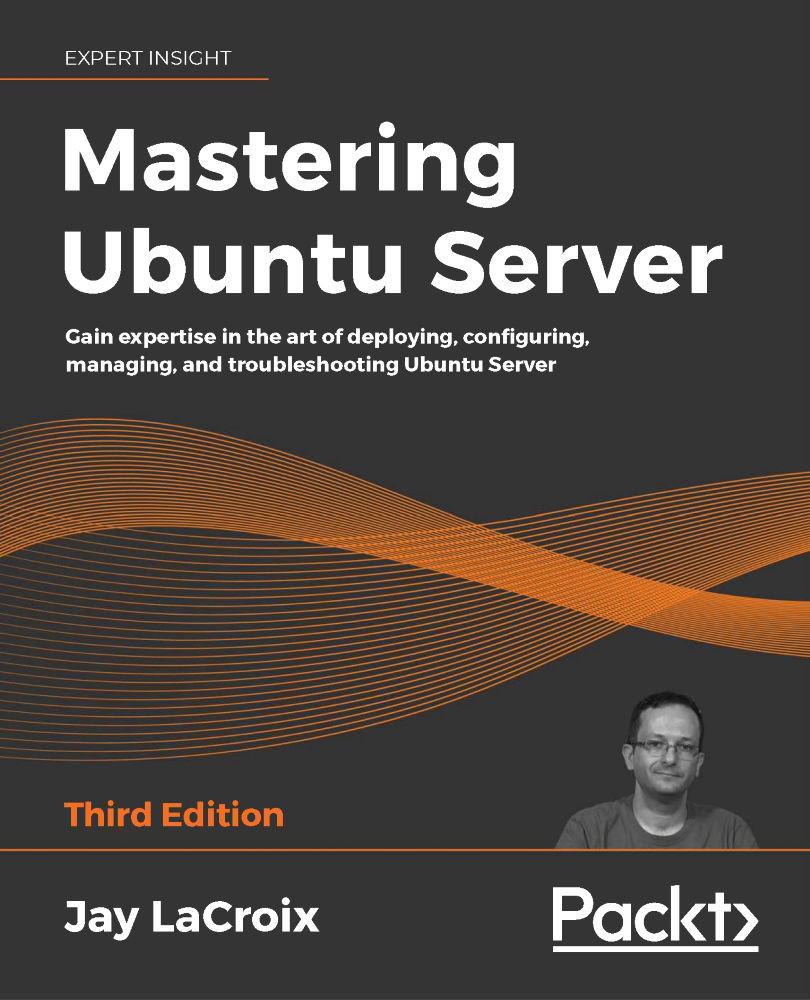Changing the priority of processes
Processes on a Linux system can be run with an altered priority, giving some processes more priority and others less. This gives you, the administrator, full reign when it comes to ensuring that the most important processes on the system are running with an adequate level of prioritization. There are dedicated commands for this purpose: nice and renice. These commands allow you to launch a process with a specific priority, or change the priority of a process that's already running.
Nowadays, manually editing the priority of a process is something administrators will find themselves doing less often than they used to. A processor with 32 cores (or many more) is not all that uncommon, and neither is hundreds of gigabytes of RAM. Servers nowadays are certainly more powerful than they used to be, and are nowhere near as resource-starved as machines of old. Many servers (such as virtual machines) and containers are dedicated to a single task...











































































